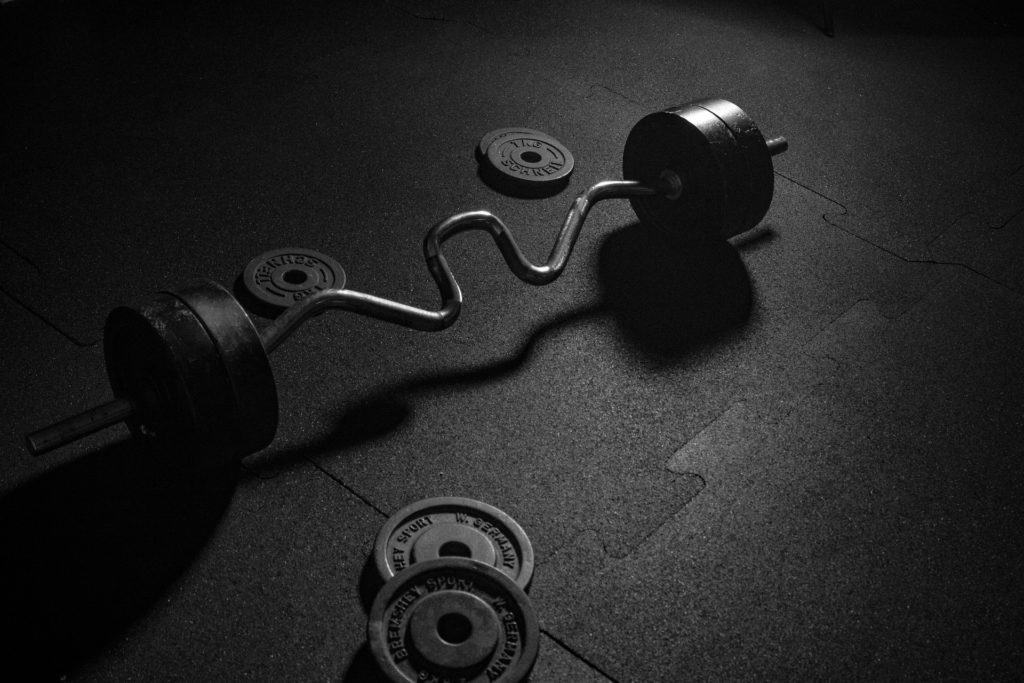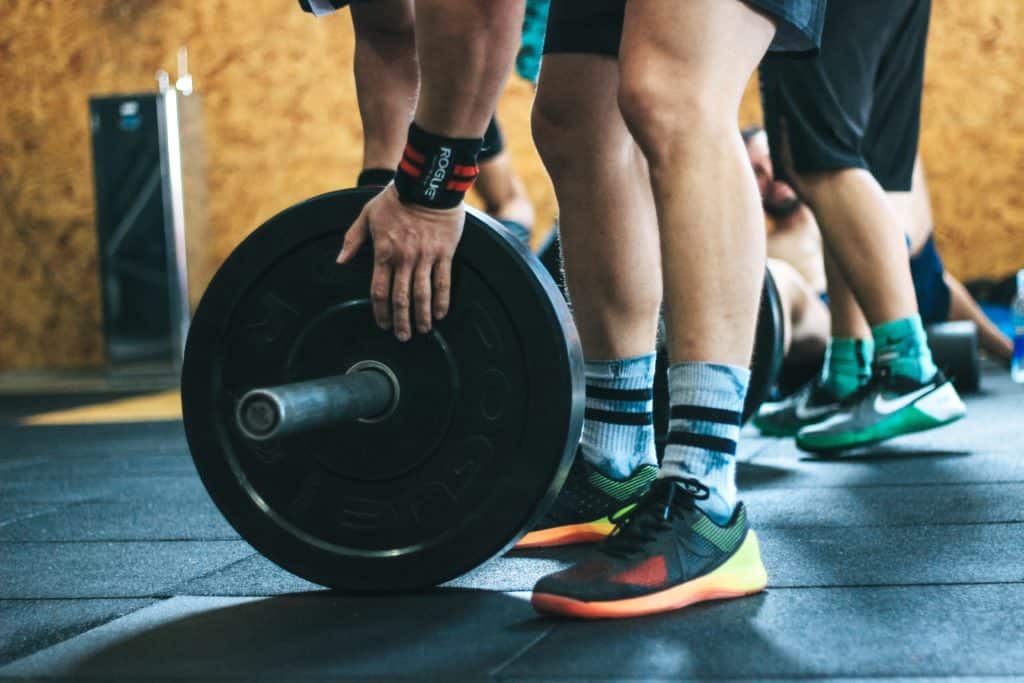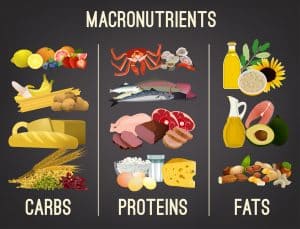Back when I started working out, I used to go to the gym five times a week for the goal of building muscle. But after a few months, I realized I wasn’t making any progress. I just couldn’t figure out why, when I was working so hard, or so I thought!
Then someone mentioned to me about progressive overload. At first, I didn’t have a clue what they were talking about. But after some research, I realized that this is one of the most important things you should know if you want to see results from your training.
So, are you listening? I’m about to share with you exactly what progressive overload is and how you can use it to your advantage. It’s going to change your workouts.
What Is Progressive Overload – Principles
Let’s start by explaining exactly what I mean by progressive overload. This is the concept of creating more tension than your body is used to in order to reach your fitness goals.
I’ll break it down to make it easier to understand. First, take the principle of overload. This is when you challenge the body to do something that is harder than it normally does on a regular basis.
Then you have the principle of being progressive. This is when you do something gradually over time. In the context of the gym, this means steadily lifting heavier weights or running for longer on the treadmill.
Let’s put it simply; if you lift the same weights in the gym every week, with the same number of sets and repetitions, you’re not going to achieve the results that you want. Why? Because there isn’t progressive overload.
The body has to be constantly challenged with something new in order to achieve different results. If you want to build muscle or endurance, you’ve got to force it. Otherwise, you’ll hit a plateau.
In other words, if you want your body to look different, you’ve got to do something different. This is how you’re going to gain more muscle, become stronger, and look more toned. It’s all about this progressive overload.
But, let’s take another example. Say you’re lifting 30-pound weights right now. Over time, you’re going to want to increase this weight to 60 pounds, or at least increase the number of reps you’re doing in each set. This progress is going to demand your body to do more and adapt to the different weights. Hence, you’ll build more muscle.
It doesn’t matter whether you want to build muscle, shed fat, or increase your performance, you’ve got to push your body to the limit and do things beyond what you’ve done before. You’ve always got to beat your personal best.

The 5 Methods of Progressive Overload
Now you understand what progressive overload is and just how crucial it is for your workout, you’ll want to bring it into your training. There are a few ways you can do this that aren’t complicated. Let’s take a look.
1. Increase Your Weights
Of course, this is the first method you’ll think of in order to build muscle: simply increase the weights that you’re lifting. Sure, slowly increasing the resistance may help you to bulk up.
But just remember to keep good form. Good form should always take priority before you start making changes to your workout. Otherwise, you risk sustaining an injury that will keep you from achieving your fitness goals.
Alright, back to increasing your weights. This is a favorite way to practice progressive overload. You’ll be able to build muscle and can increase your strength too. Plus, a lot of people find it more fun to lift heavier.
After all, muscle hypertrophy, or muscle growth, requires you to create new muscle tissue by creating tension. To avoid a plateau, you can add some more weight into your training.
Also, don’t be disheartened if you have to lower your reps when you increase resistance. Lifting heavier weights is already a challenge for your body, so don’t feel too bad about this. You can always increase your reps again as time goes on. After all, it’s called progressive overload.
For example, if you are weight training three to four times a week, you can practice progressive overload simply by increasing the weight that you are lifting every one to two weeks. This only has to be around 5 pounds, while keeping your sets and reps the same.
While this doesn’t sound like much, remember that slow and steady wins the race. You still want to be able to perform weight training, but it should be progressively more challenging in order to build muscle.
2. Increase Your Reps
If you don’t feel ready to increase the resistance in your training routine, you can increase the number of repetitions you complete in a set instead. This is a form of progressive overload and it may be more comfortable for you to start out with.
It’s normally recommended to start with around eight to 12 repetitions and two to three sets for building muscle. So why not try to add a couple more reps than you’re used to performing? This may help you to build endurance.
Of course, good form should be a priority. If you feel like adding more weight would jeopardize your form, try increasing your reps first. It’s better to make changes slowly than rushing into it and injuring yourself. Remember, it’s a marathon; not a sprint.
In fact, why have a precise rep count? You can always challenge yourself and step outside your comfort zone by lifting until you can’t complete another rep with good form. While it may be tough, it can also be rewarding. You’ll feel like you’ve achieved something afterward.
3. Increase Your Sets
Just like you can increase your repetitions, you can also increase the sets that you do. This is a form of progressive overload that may work well for you and will allow you to continue with your favorite exercises.
For example, if you like to bicep curl for two sets of 12 repetitions, you can increase this to three sets of 12 reps, to challenge your body. This is going to create more tension by increasing the number of times you lift the weights.
Again, always focus on having good form while performing exercise. You won’t be able to enjoy results if you don’t challenge your muscles in the right way. And you certainly won’t achieve results if you get injured in the process.
If you find the transition from two to three sets quite a lot, there are ways you can adapt your workout. You could continue to do 12 repetitions for your normal two sets and then only do eight for the third set. Then over the next week, you can progressively increase this number to 12.
4. Increase Your Training Sessions
Progressive overload can also be achieved by increasing the number of times you train a particular muscle group every week. For example, if you only train your legs once per week, try working out twice a week to build leg muscle.
It’s always best to space out your training sessions for a particular muscle group. This will give the muscles time to recover after tough workout sessions, and enable you to perform better the next time you train.
Remember, rest days are just as important as working out. Your muscles need time to repair and recover after strenuous exercise. Progressive overload can be jeopardized when you don’t get enough rest.
Again, just make sure that you’re not pushing yourself too hard. If you’re finding it a struggle to train more during the week, you can always try another method or take it slower with different workouts.
5. Cut Your Rest Time
Last but not least, you can cut down on your rest time. This means shortening the rest that you have between your sets. In other words, you’re boosting the intensity of your workout by not letting yourself recover as long before your next set. It’s often an overlooked way to reach your fitness goals, but it does work.
Cutting your rest time can be a tough way to achieve progressive overload, especially if you’re already increasing your weights or increasing the number of reps you’re doing. So it’s maybe best to only choose this method alone to achieve results. After all, you don’t want to set yourself up to fail. That doesn’t achieve results either.
In particular, cutting the rest time between sets may help you to increase endurance and overall cardiovascular fitness.

3 Tips to Make Progressive Overload Training More Effective
Always remember that, for progressive overload to be successful, it’s got to be a steady process and one that challenges you but doesn’t make you struggle to complete your workout. I’ve included some tips below, so that you can make sure your training is successful moving forward.
1. Choose a Progressive Overload Method
Of course, I’ve given you a few ways that you can try progressive overload during your training. At the end of the day, there’s no one method that is better than another; it’s all down to what works for you.
It might take some time to decide which method you find more challenging. Try out one method to start with. It may be best to increase your reps first or increase the number of sets. Then you might want to try out lifting more weights or cutting your rest time.
2. Take Your Time
I know I’ve talked about increasing your weights and it may be making you eager to start to change your training. But this one can be hard and it’s important to remember to take it slowly.
Progressive overload should be just that: progressive. It’s best not to rush into things and attempt to adapt your muscles too quickly. This will only set you back in the long run, and it could lead to injuries.
If you find that changing your workout routine every week is too much, change it to every two weeks. Listen to your body. If you can’t complete your workouts then it may be best to slow down. Alternatively, if you’re not tired after your training, you’ve got to turn it up a notch.
3. Have a Healthy Diet
Eating good food is not only essential for your health, but it’s also important for achieving your fitness goals. In particular, if you are trying to build muscle, you will need to make adjustments to your diet to allow this to happen.
For example, it’s recommended to eat high protein foods so that you can build muscle. Essential amino acids are important for helping your body to gain muscle after your workouts. It’s best to consume protein, or a protein supplement, before or after your gym session.
You’ll also need good carbohydrates as an energy source to be able to ace your training sessions and to have energy during the day. While a lot of people assume they should cut out carbohydrates, it’s definitely a macronutrient you need. Just stick to complex carbohydrates and not sugary sources that don’t deliver sustainable energy.
Don’t forget to enjoy some fats in your diet too. While fat always sounds like a bad word, it’s essential for the body to function properly. Plus, it may provide you with energy for your workouts and help the muscles to repair after a tough training session.
Summary
The worst thing you can do at the gym is hit a plateau. You’ll stop seeing results and lose your motivation to continue on your fitness journey. That’s why it’s important to start having fun with progressive overload right now.
The body doesn’t know what you want to achieve; you’ve got to force it to work if you want to build muscle or endurance. Otherwise, if you do the same thing in the gym every day, your body gets accustomed to it.
Plus, it works the other way as well. If you stop lifting weights or exercising your muscles altogether, you suffer from atrophy. This means that you will lose your strength and muscle size.
The lesson here is never get too comfortable in the gym. You want to constantly be advancing your training and pushing yourself to do more. Progressive overload really is crucial to start seeing results in the gym.













